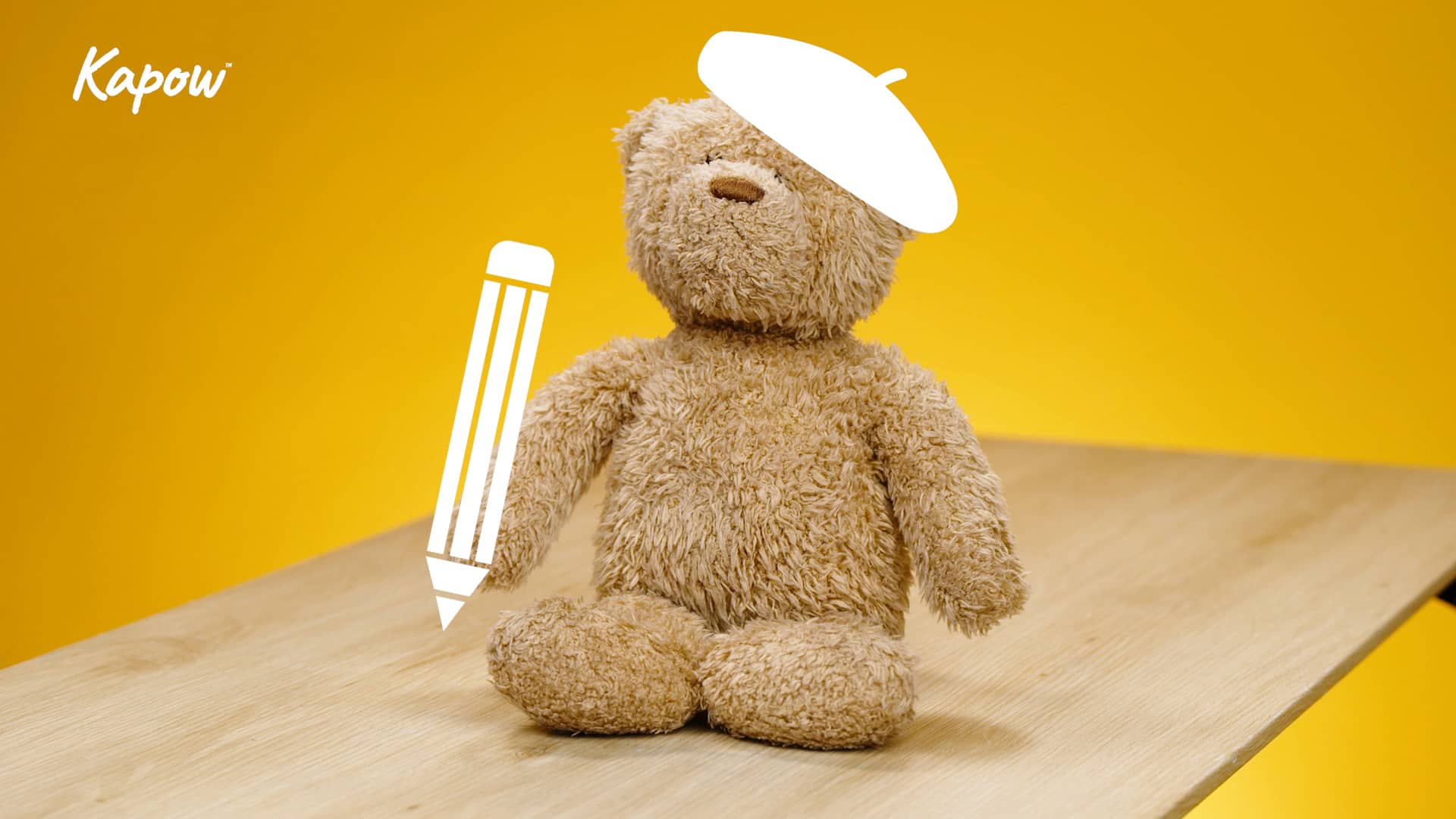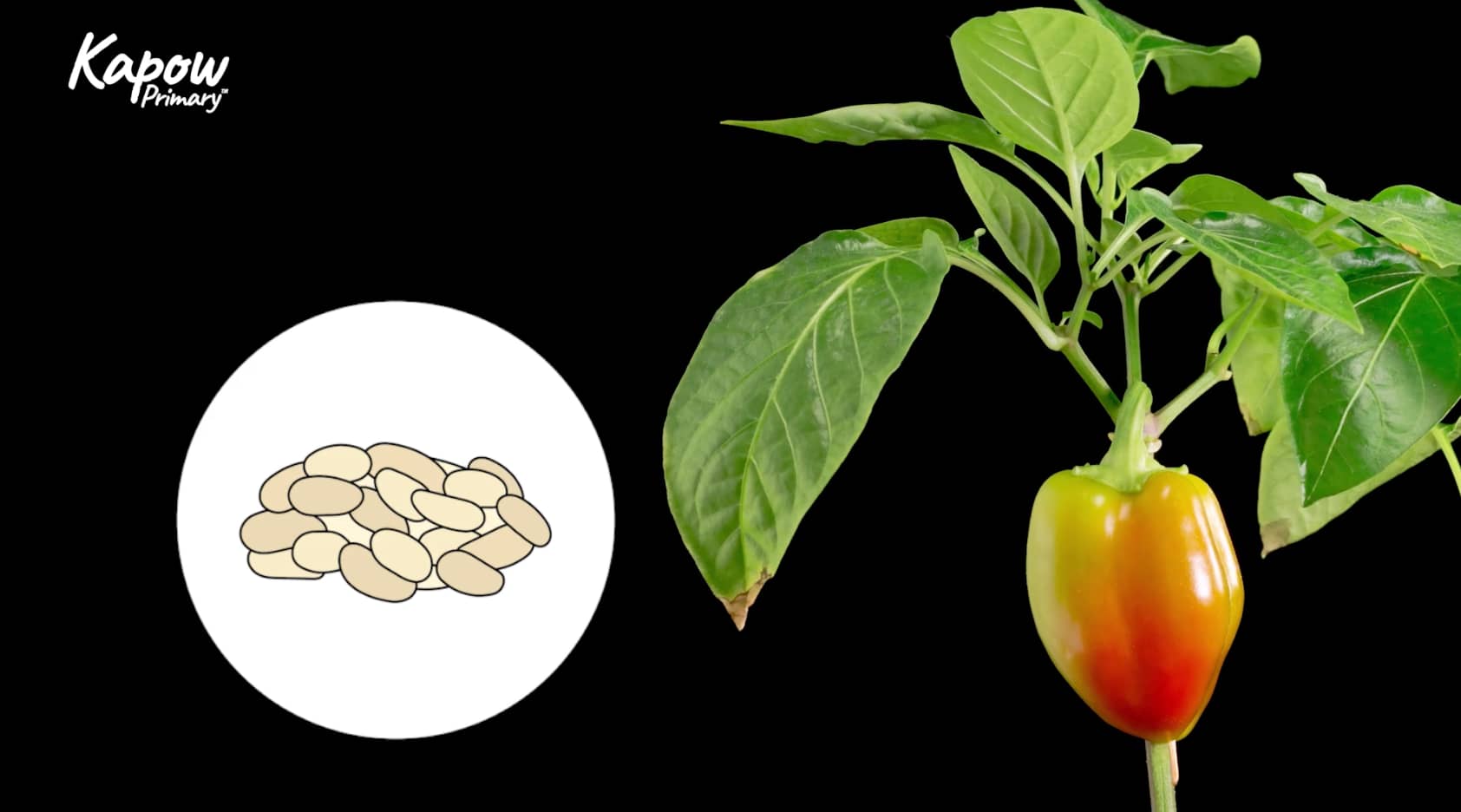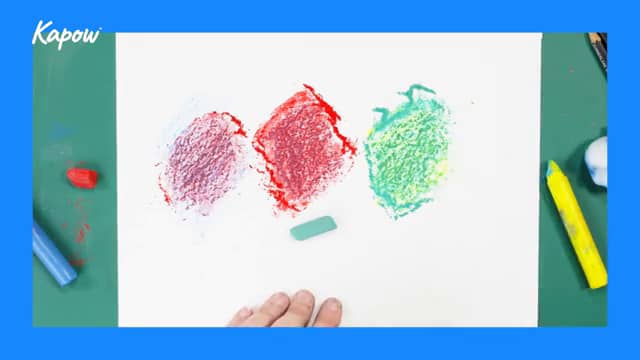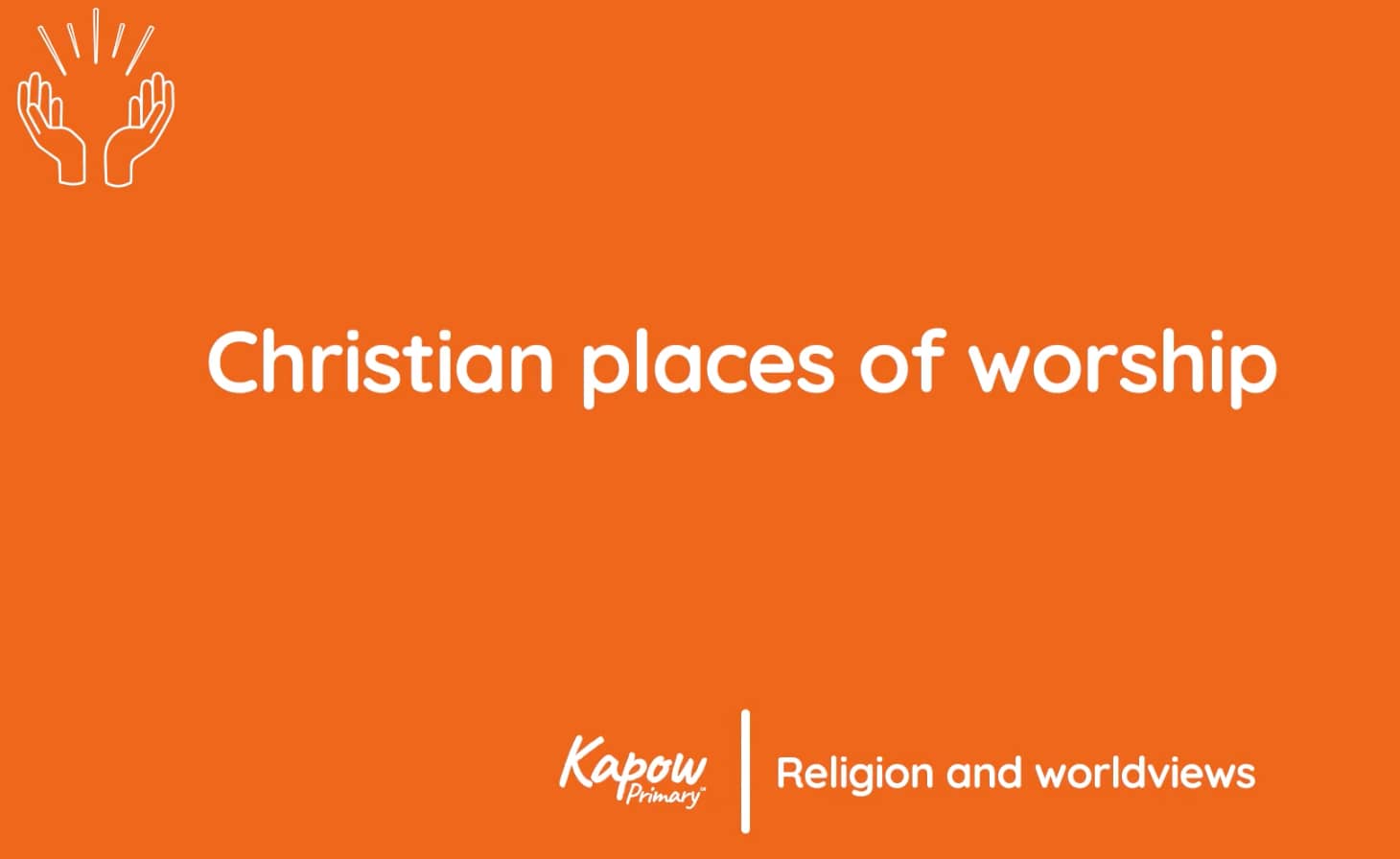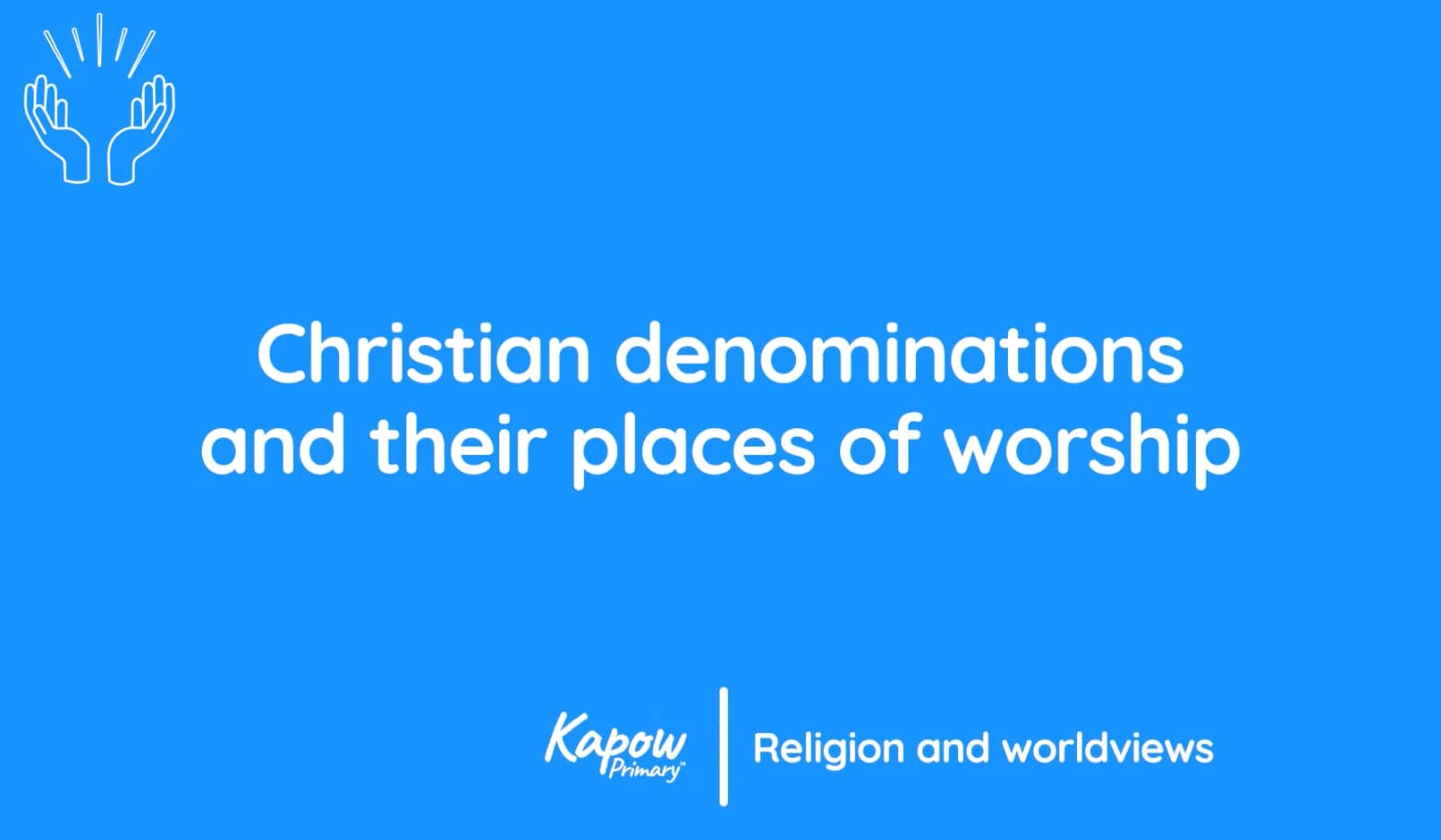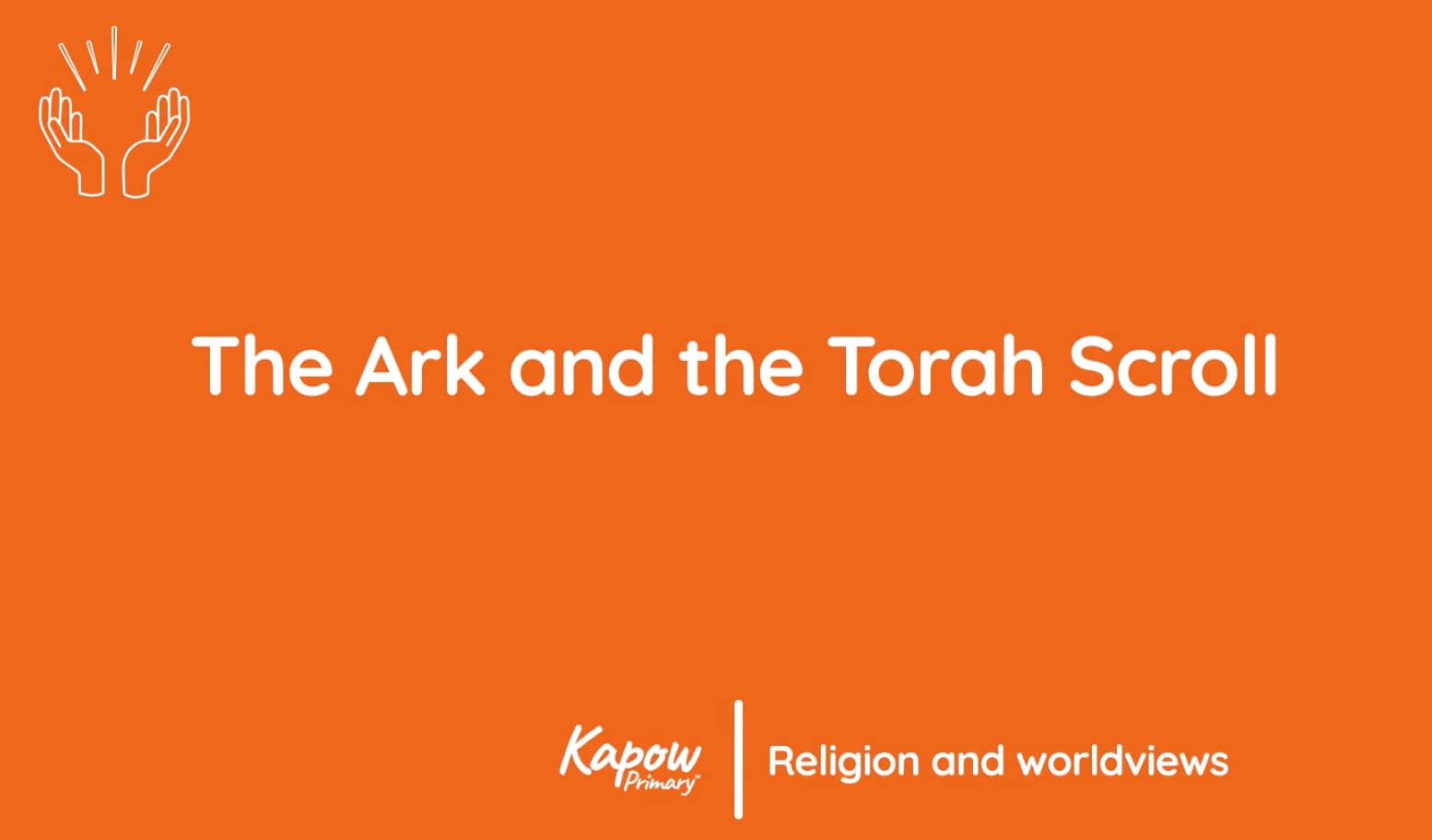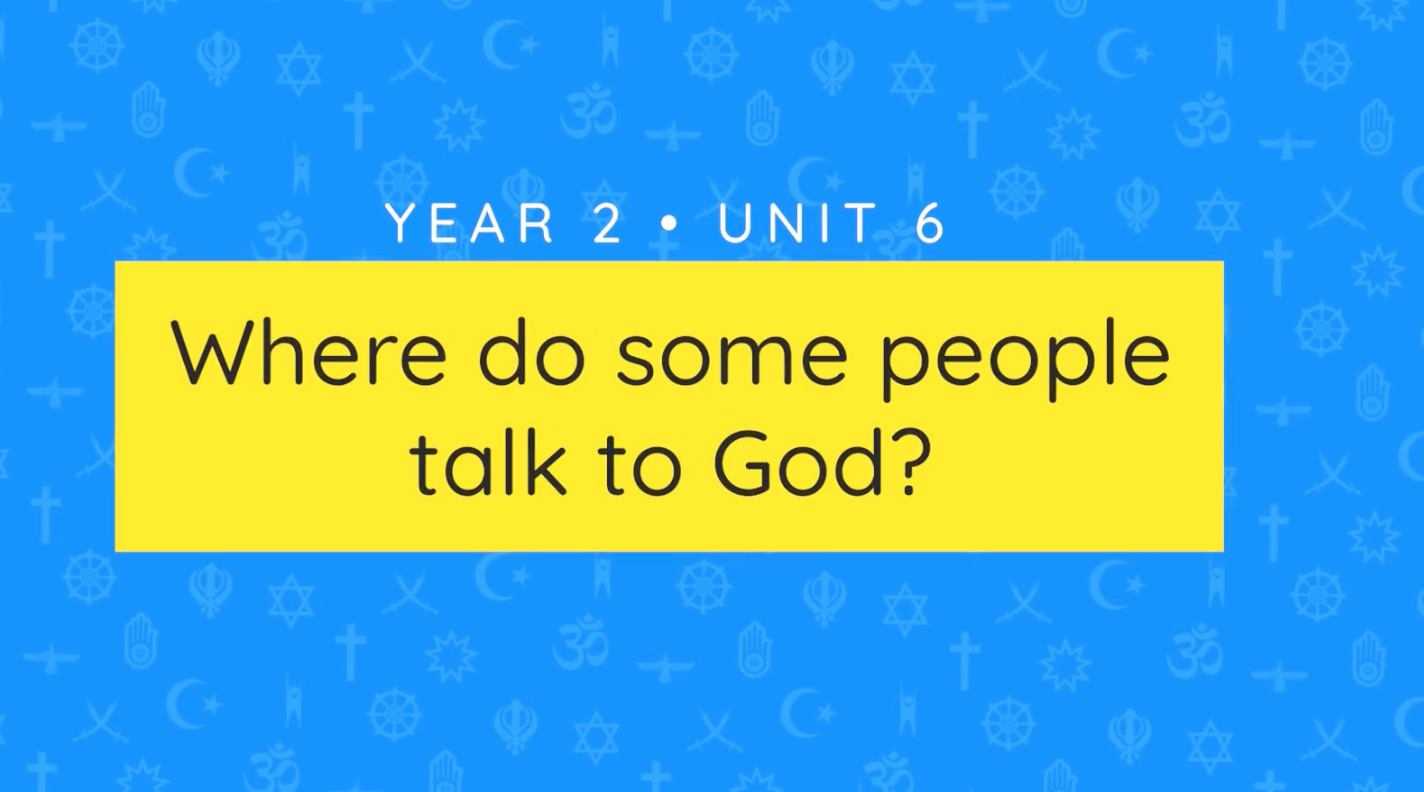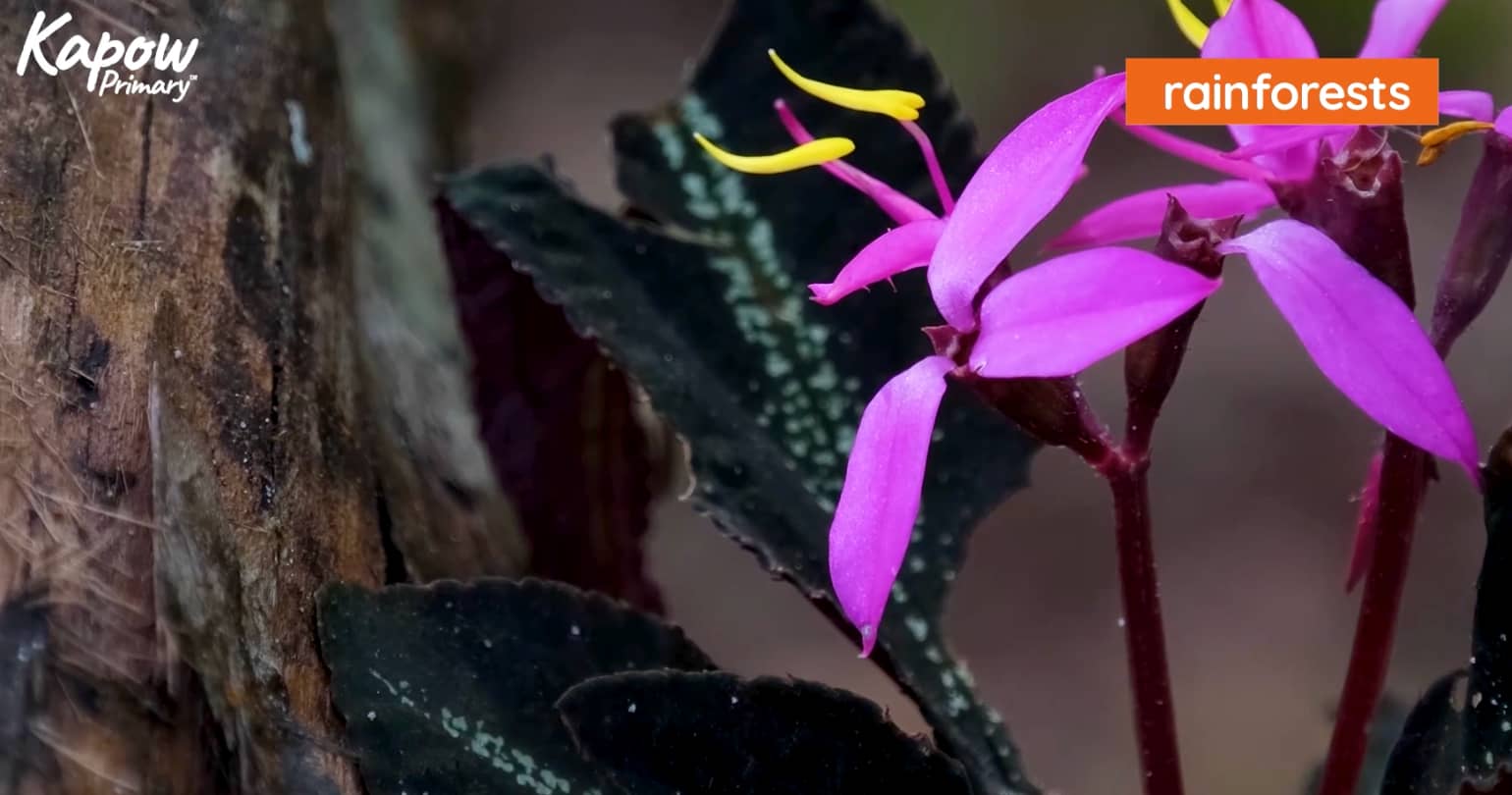year: Year 2
Pupil video: Identifying plants
Teacher video: Learning about materials
Pupil video: Mosques
Pupil video: Christian places of worship
Teacher video: Christian denominations and their places of worship
This Religion and worldviews video supports teachers by providing an overview of Christian denominations and how their beliefs influence places of worship. It explains that the Christian Church includes Orthodox Christians, Roman Catholics, and Protestants, with each denomination interpreting scripture and worship practices differently.
Pupil video: The Ark and the Torah scroll
Unit overview: Where do some people talk to God?
This Religion and Worldviews video supports teachers delivering a unit that explores the big questions: How do people show what they think and believe? and What makes places special to believers? Children investigate where and how people from Muslim, Jewish, Sikh, Alevi, and Pagan worldviews (as well as non-religious perspectives) choose to pray or reflect.

